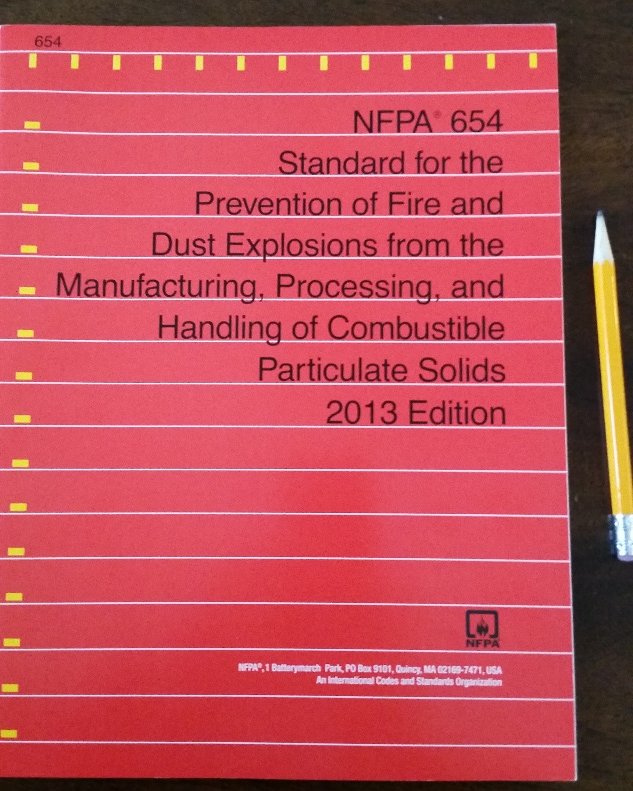Dust Testing
 Well-running dust collection systems require a good design. However, to design the system correctly, you need to know about your dust. Is it is explosive? How easily is it ignited? How big are the particles? And what is the particle size distribution? We offer the following tests to help you define your dust to select the best technology for your application.
Well-running dust collection systems require a good design. However, to design the system correctly, you need to know about your dust. Is it is explosive? How easily is it ignited? How big are the particles? And what is the particle size distribution? We offer the following tests to help you define your dust to select the best technology for your application.
Particle size analysis—Provides a particle size distribution of your dust. This allows you to pick the proper technology(s) for your application and calculate removal efficiency. Recommended for every system.
Explosibility Screening—A Go/No Go test to rule whether your dust is explosive or combustible. Highly recommended in the NFPA (National Fire Protection Association) standards, this test helps you protect your workers and your facility from explosions. This simple test determines if additional protections are required for your system.
Minimum Ignition Energy (MIE)—This test determines the threshold at which your dust will combust. This helps you design your system and surrounding equipment, to make sure you don’t accidentally cause a fire or explosion.
Minimum Explosive Concentration (MEC)—This test discovers the minimum concentration at which an explosion will occur. It allows you to design a system to operate below the minimum level, therefore not requiring additional equipment.
Kst & Pmax—This test tells you how quickly an explosion will propagate and how powerful it will be. It is required for designing of explosion protection equipment. Highly recommended test if the Go/No Go test comes back explosive.
Minimum Auto-Ignition Temperature (MIT)—This test tells you what temperature your dust will ignite. It is a good test to run if you are operating at high temperatures and with combustible dust.
Limited Oxygen Concentration (LOC)—Determines the minimum concentration of oxygen required for the dust to combust. This is important if you want to protect the system by blanketing the system with nitrogen or other non-combustible gas.

